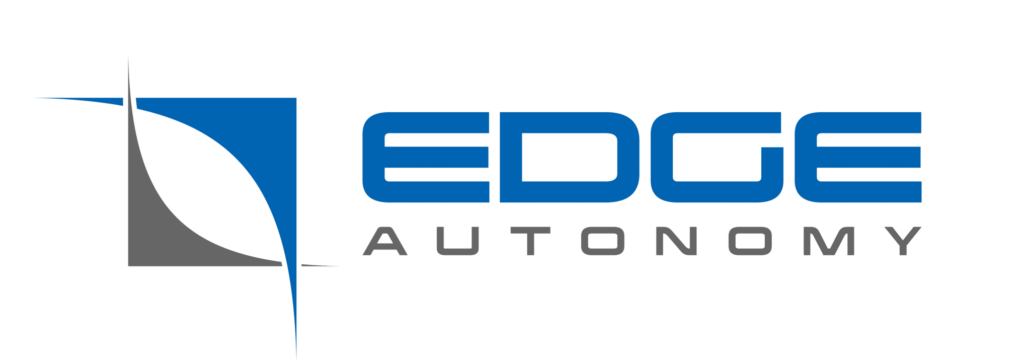All high performance long-range gimbals today have an onboard video processor and there are many good reasons for that. The onboard processor is a dedicated hardware processor which receives the video stream from the sensors inside the gimbal, processes the video and sends it to the datalinks. Here is a list of the key functions that the processor performs:
- Software Stabilization of the video stream
- Encoding of the video stream, usually to H.264 / H.265 format. After this, the video can be sent through an IP datalink
- Object tracking. Video processor steers the gimbal to maintain the object of interest inside the video frame, even if the object is moving and the aircraft platform is moving. Scene steering is similar function, but the entire scene is kept in the video frame. Scene steering is useful when the object of interest is stationary, for example when surveillance is being done on a building.
- Roll Correction of the video corrects the disturbances in the roll axis.
- Moving Target Indication or MTI – this is an advanced functionality that is only available with the newest generation of high performance miniature gimbals.
There are several additional image processing functions that improve the usability of the gimbal:
- Overlays on the video
- Digital zoom
- Video & Snapshot recording to internal flash drive
- Multi camera presentation, such as picture-in-picture or image blending
What is an onboard processor?
The onboard processor is a piece of hardware, a miniature computer. In the newest generations of gimbals the onboard video processor is integrated inside the gimbal and is not noticeable from the outside. The older technology uses image processors that are external to the gimbal and essentially is a separate electronics box.
The most capable gimbals user integrated processors to deliver key benefits:
- the smallest system size
- the ability to access the digital video stream directly from the sensor without the need to transmit it through gimbal rotary joints
- a more cost-effective solution since there’s no need to manufacture extra wiring harnesses and enclosures
Gimbals using external image processors generally have the following limitations that user / potential users should be aware of:
- the requirement for additional electronics enclosures
- an increase in the quantity of wiring
- an increase in weight resulting in less overall payload capacity
- a need to transmit video over the rotary joint
- potential limitations in the type of data transmitted
Overall, these items combine to increase the price, both initially and over time, due to increase due to more parts, an increase in maintenance cost due to the complexity, and a corresponding need for greater and more skilled labor.
